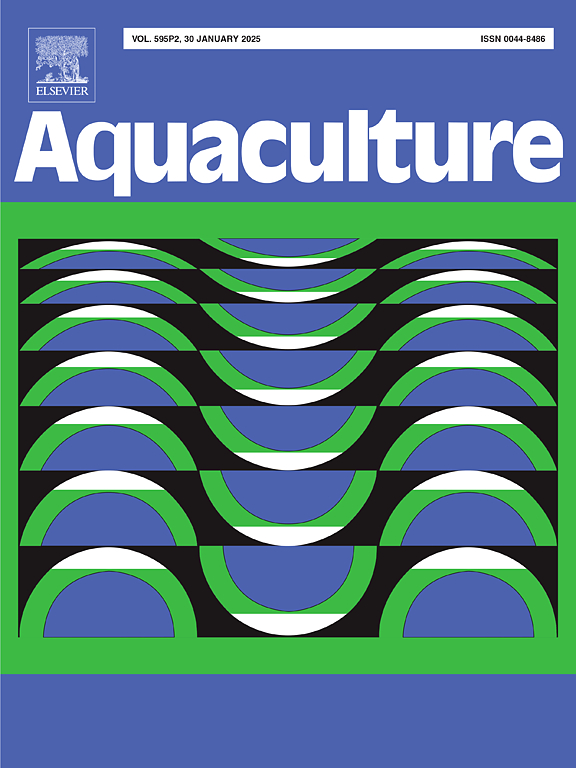Assessing total factor productivity change in the aquaculture industry in China: A Färe-Primont productivity index and panel quantile regression
IF 3.9
1区 农林科学
Q1 FISHERIES
引用次数: 0
Abstract
Given the limited resources and growing demand for aquatic products, China's aquaculture industry must increase its output. Improving the total factor productivity (TFP) change is an important step toward long-term sustainable development of the aquaculture industry. The study aims to examine the productivity change, particularly TFP change and its components, and to identify the factors influencing TFP change in China's aquaculture industry during 2010–2018. The Färe-Primont productivity index (FPI) is employed to assess the TFP change in the aquaculture industry. Subsequently, a novel introduced model - fixed effects panel quantile regression via the method of moments is used to analyze the heterogeneous effects of the influencing factors, namely, capture fishery ratio, extension workers, disaster losses, and real gross domestic product (GDP), on TFP change and efficiency change (ECH). The results show that the TFP grew by an average of 1.35 % during the period studied, driven mainly by a 3.63 % improvement in ECH, despite a decline of 1.86 % in technical change. Notably, inland provinces such as Chongqing, Shaanxi, Guizhou, and Yunnan predominantly exhibit higher TFP change than the coastal provinces. The results also demonstrated that socio-economic factors exerted differential impacts on the TFP change and the ECH of the aquaculture industry. The real GDP has positively influenced TFP change, exhibiting a downward trend across quantiles whereas the extension workers positively contribute to TFP change only at lower quantiles (0.10–0.50). Moreover, the disaster losses exert a positive impact on TFP change only at higher quantiles (0.50–0.90). The real GDP significantly improved ECH at all quantiles, while the disaster losses have a negative impact on ECH across all the quantiles except for the 0.10 quantile level. These findings highlight several policy implications. First, the aquaculture industry should train more technical workforce and facilitate cross-departmental rotations for these personnel. Second, less economically developed provinces need to adopt a better scientific management practice and improve the allocation of resources in aquaculture operations. Lastly, regions prone to natural disasters should develop more robust systems for disaster preparedness and response systems to minimize productivity losses.
求助全文
约1分钟内获得全文
求助全文
来源期刊

Aquaculture
农林科学-海洋与淡水生物学
CiteScore
8.60
自引率
17.80%
发文量
1246
审稿时长
56 days
期刊介绍:
Aquaculture is an international journal for the exploration, improvement and management of all freshwater and marine food resources. It publishes novel and innovative research of world-wide interest on farming of aquatic organisms, which includes finfish, mollusks, crustaceans and aquatic plants for human consumption. Research on ornamentals is not a focus of the Journal. Aquaculture only publishes papers with a clear relevance to improving aquaculture practices or a potential application.
 求助内容:
求助内容: 应助结果提醒方式:
应助结果提醒方式:


